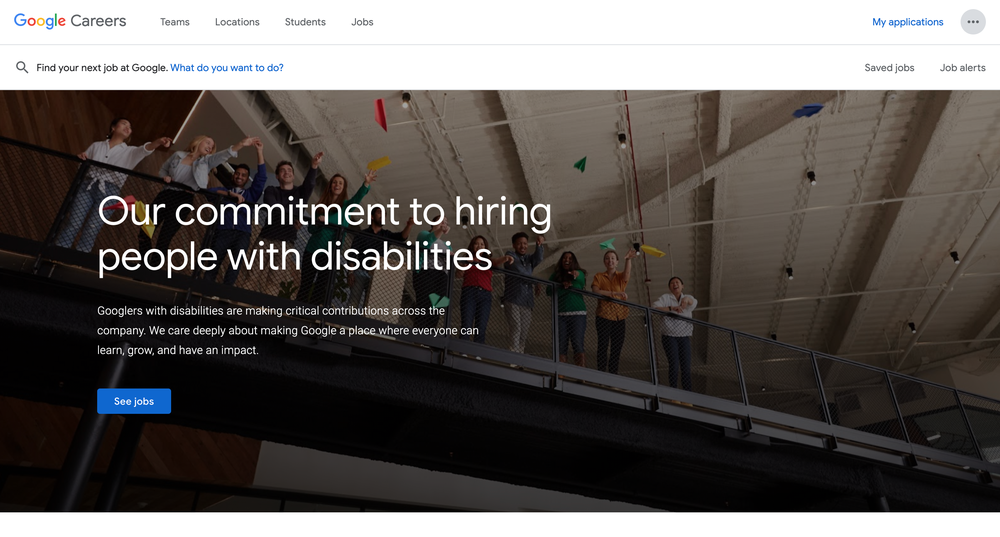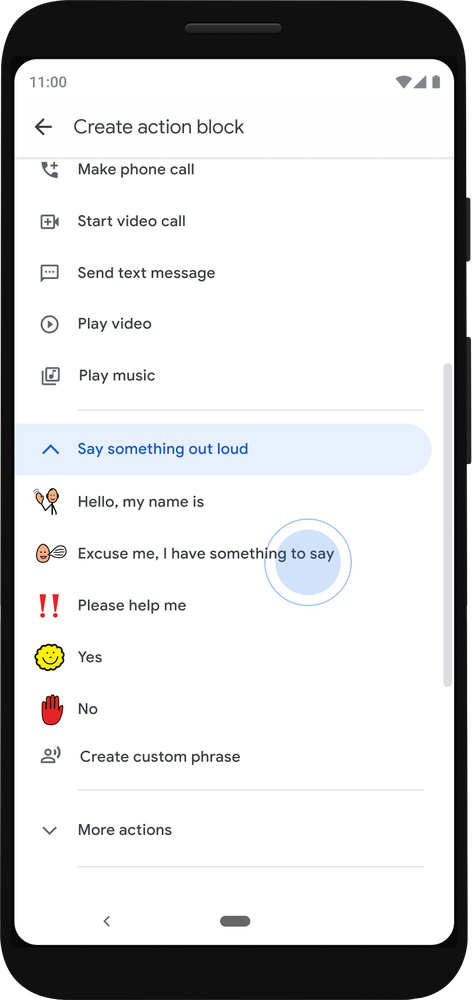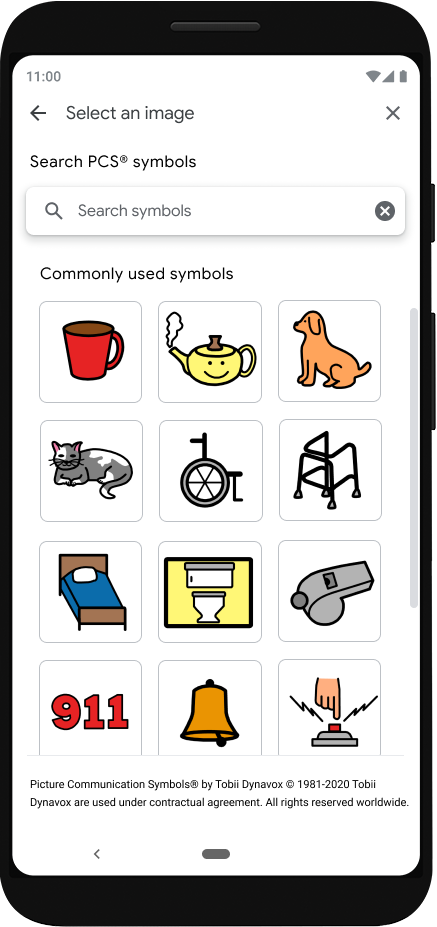In 2013, I joined Google’s Central Accessibility Team. Since then, I've continuously worked to include people with disabilities across all of the work that we do at Google. October is National Disability Employment Awareness Month, a time to celebrate and recognize the contributions of people with disabilities. Today, we’re sharing a few ways we’re continuing to support hiring people with disabilities and how we design products for and with the one billion people in the world with disabilities.
Building a helpful workplace with new career resources
In the United States, only 19 percent of people with disabilities are employed—leaving employers with a largely untapped talent pool. We need to do more to encourage the employment of people with disabilities, and we want to support that change at Google. Through the years, we’ve evaluated and iterated on our own processes to help improve disability inclusion and awareness in the workplace. Doing so has helped us build a more diverse team of people with different backgrounds and experiences that is more representative of the people using our products.

Visit the dedicated Google Careers resource page for people with disabilities to gain access to helpful resources.
We know that one of the first steps to finding a job at a new company is visiting their Careers website, but those resources may not be designed with people with disabilities in mind. This is why we've launched a dedicated Google Careers resource page that is specifically tailored toward what a job seeker with a disability might find helpful. Prospective candidates can find career resources and tips for applying, as well as read stories about Googlers with disabilities and our employee-led Google Disability Alliance community. The page also highlights the work we're doing to create products with and for people with disabilities.
Action Blocks makes communication more accessible
Earlier this year we launched Action Blocks, an Android app designed with people with cognitive disabilities in mind that allows you to create customizable home screen buttons to navigate your device. Today, we are beginning to roll out an update to Action Blocks that will help make communication more accessible for people who are non-verbal.
People who are non-verbal often use augmentative and alternative communication (AAC) to communicate with those around them. Updates to Action Blocks make it more familiar for anyone who uses an AAC device to communicate.
You can now create Action Blocks that speak common phrases.
You can now use a quick setup process to create Action Blocks that speak common phrases. For instance, you can set up your blocks to say, “yes,” “no,” or “Excuse me, I have something to say.”

Use Tobii Dynavox’s library of Picture Communication Symbols to customize your Action Blocks.
Action Blocks also comes loaded with thousands of Picture Communication Symbols from Tobii Dynavox’s library, which is commonly used on other AAC devices to communicate efficiently using pictures and symbols assigned to blocks. Having a similar set of icons available makes using Action Blocks’ AAC features more familiar for people who use Tobii Dynavox technology.
Action Blocks works on Android phones without any additional hardware, making communication more convenient and accessible to people whether they are on the go, without their AAC devices, or don’t have access to an AAC device. And it’s now available to more people with expanded language options such as French, Italian, German, Spanish and Japanese.
In addition to AAC functionality, if you prefer to use physical adaptive switches—which can make it easier to navigate assistive technology—you can now assign a switch to an Action Block. This way, you can tap a physical button to easily trigger a Google Assistant action on your phone—such as making a call, watching a video or controlling a home device like a thermostat. To learn more about using Action Blocks, visit the help center.
We believe designing for and with people with disabilities means building better products all around. Today’s announcements are a few steps forward in the journey to make the world a more inclusive place for people with disabilities.